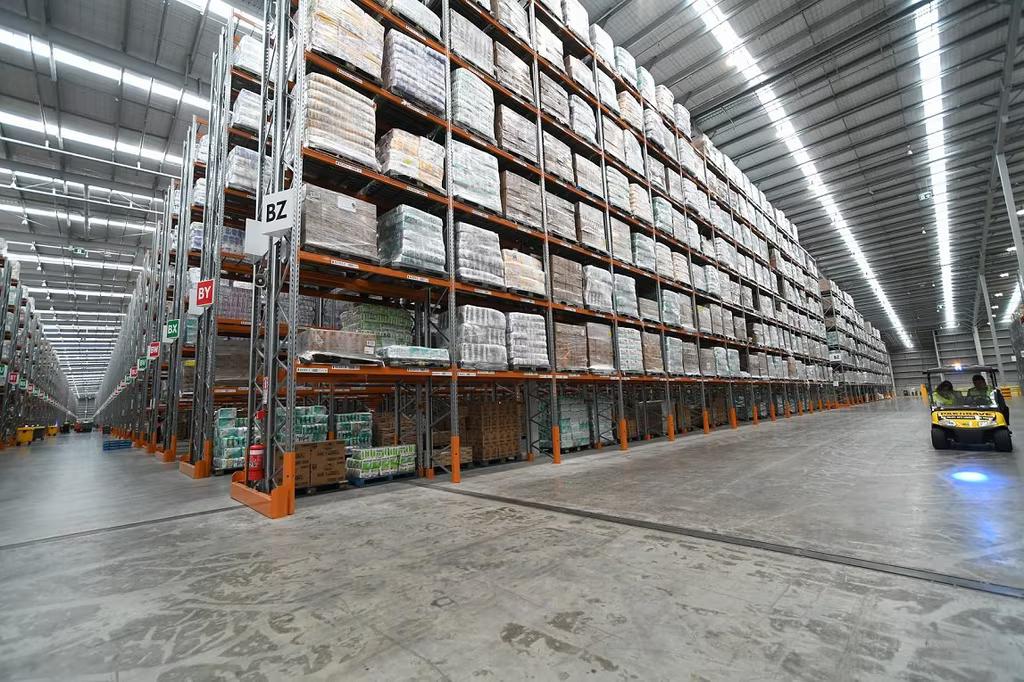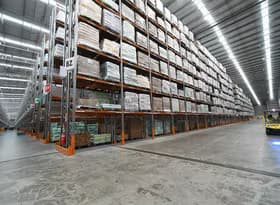
Media Release: Costs from grocery suppliers to supermarkets increase 2.1%pa in January
The pace of supplier cost increases to Foodstuffs supermarkets slowed slightly in January, with the Infometrics-Foodstuffs New Zealand Grocery Supplier Cost Index (GSCI) showing an average 2.1% increase in what suppliers charged in January 2025, compared to a year earlier.
“This slight slowdown in the rate of annual change comes after two months of reacceleration, but despite the volatility recently, the annual increase in the Index continues to be close to 2.0%pa,” says Infometrics Chief Executive and Principal Economist Brad Olsen.
“January, like December, is impacted by the usual summer cost change moratorium on most items, making trends harder to pick.” Moratoriums are used by many companies and industries to minimise system changes and protect trading for customers over the holiday period. “January usually sees more limited cost changes, with many items remaining the same in cost, and only more seasonal and perishable items changing,” says Mr Olsen.
The Infometrics-Foodstuffs New Zealand Grocery Supplier Cost Index (GSCI), commissioned by Foodstuffs New Zealand, measures the change in the list cost of grocery goods charged by suppliers to the Foodstuffs North Island and Foodstuffs South Island co-operatives. The Index utilises detailed Foodstuffs NZ data across over 60,000 products the Foodstuffs co-ops buy to stock in their 500+ stores, making it the largest dataset of its type in New Zealand, to give a real-time view on supplier cost changes.
Every month, the Index tracks what it costs supermarkets to buy the goods to put on the shelf. Previous analysis shows that supplier costs are the major component of supermarket prices, representing two-thirds of the on-shelf price.
“Month on month, just over 1,400 items increased in cost in January 2025 compared to December. This result was the lowest number of January increases counted since January 2021, with January typically having fewer cost changes due to the summer cost change moratorium,” says Mr Olsen. “Over the last 12 months, the number of items increasing in cost has averaged around 2,700 a month, nearly 50% higher than 2019's monthly average.”
“Costs in January 2025 remained higher for all departments compared to last January. Bakery had the largest annual increase of any department, up 3.7%pa, followed by Chilled Foods at 3.4%, both due to higher dairy input costs,” says Mr Olsen. “Cheese, butter, milk, and cream costs all remain above year-ago levels as a result of strong pricing on global markets. A number of fruits remained below year-ago costs, but capsicum costs rose materially in January due to strong offshore demand, contributing to overall produce costs rising 1.2%pa.”
“Wider input cost trends show some increase in cost pressures, with higher diesel costs compounded by a continued lower exchange rate heightening risks around imported cost pressures and wider transport costs. New Zealand businesses are also reporting more cost pressure expectations than before, adding to this risk.”
ENDS
Note:
The Infometrics-Foodstuffs New Zealand Grocery Supplier Cost Index (GSCI), commissioned by Foodstuffs New Zealand, measures the change in the list cost of grocery goods charged by suppliers to the Foodstuffs North and South Island cooperatives.
List cost refers to the cost suppliers charge retailers before trade spend is applied; trade spend being any form of discount provided by a supplier to allow their goods to be discounted.
The Index utilises detailed Foodstuffs NZ data, across over 60,000 products, analysed by independent economics consultancy Infometrics to produce the GSCI and publish it on a monthly basis. For more details see www.infometrics.co.nz/product/grocery-supplier-cost-index.









